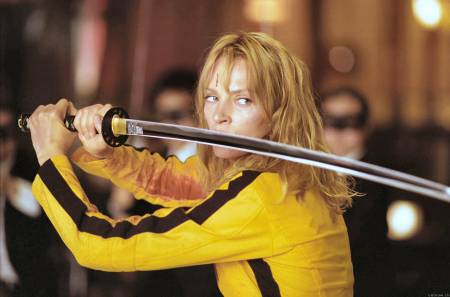I have tried to save the Shire, and it has been saved, but not for me. It must often be so, Sam, when things are in danger. Someone has to give them up, lose them, so that others may keep them.
Love, sacrifice and the primacy of the ordinary life, enjoyed as the fruit of freedom, are the beginning and end of The Lord of the Rings. The story begins with the microcosm of the ordinary, the Shire, among Hobbits who have little knowledge or care for the bigger and darker currents swirling around their little world. The story ends with a bewildered Sam arriving back at his home, just having concluded a long hero’s journey, bearing all the tragedy and loss that it entailed, saying: “Well, I’m back.”
Although the conflict arising from the logic of power, symbolized by the Ring, dominates the story, Tolkien said that LOTR is really about love, sacrifice and the struggle for happiness that arises out of the limitations of our mortality. Frodo is an icon of those limitations. Small in stature, he was made even smaller in the comparison to his quest, the accomplishment of which Gandalf himself claimed was based only on a “fool’s hope.” That the Shire might be saved Frodo has to give up everything, including any rational hope of succeeding. And in the end it is precisely in his failure that he succeeds. In Chesterton’s Ballad of the White Horse, which some argue had a significant influence on Tolkien, Our Lady tells the Frodo-like figure of King Albert, whom She sends on a fools quest:
“I tell you naught for your comfort,
Yea, naught for your desire,
Save that the sky grows darker yet
And the sea rises higher.
“Night shall be thrice night over you,
And heaven an iron cope.
Do you have joy without a cause,
Yea, faith without a hope?”
Continue reading →



